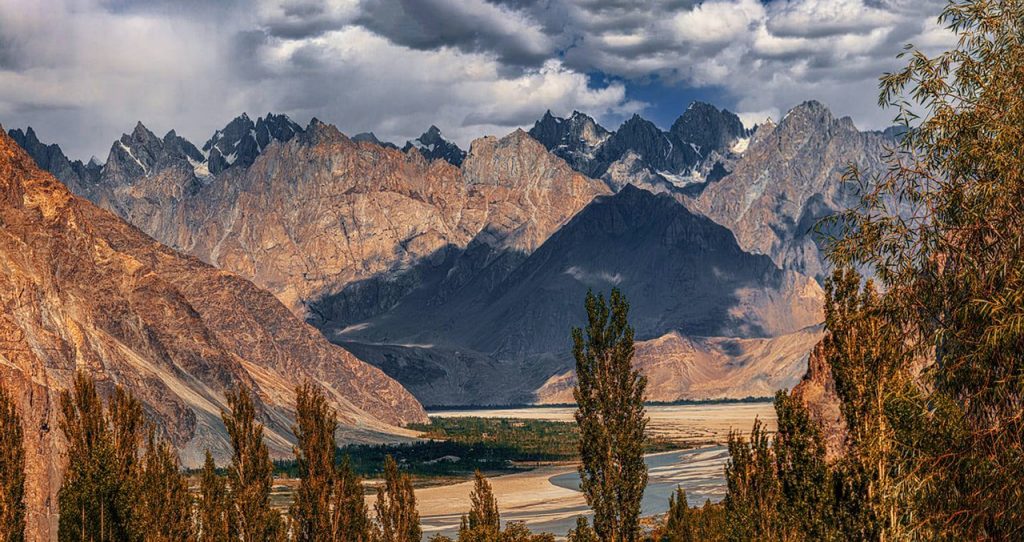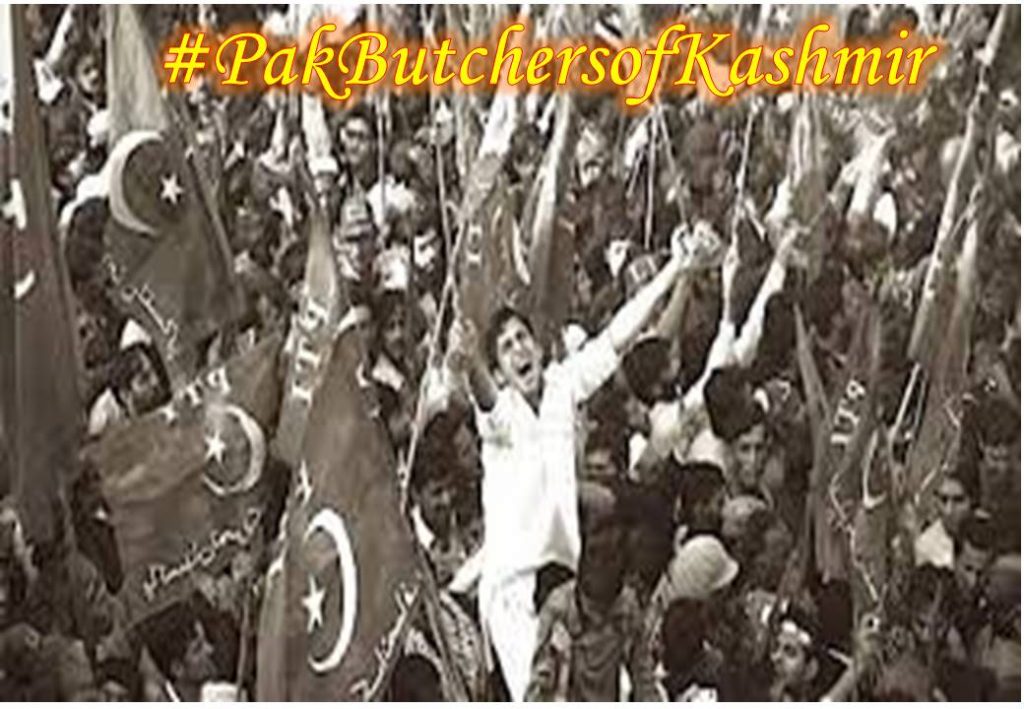The history of Gilgit-Baltistan, especially the one related to Kashmir, can be traced back to 1846, when it became a part of the erstwhile J&K. However, over the years, particularly across the 20th century, Gilgit-Baltistan has culminated in a disputed region. Recently, Pakistan planned to announce it as its fifth frontier. Accordingly, the current PM intended to visit the region and make an official announcement about it. However, earlier this year, the British Parliament passed a motion condemning Pakistan’s announcement about the region. But what has reignited this dispute around Gilgit-Baltistan? Here’s an overview.
Where is Gilgit-Baltistan?
Gilgit-Baltistan is situated in the northwestern corner of Jammu and Kashmir. It has Khyber Pakhtunkhwa to the west, the Wakhan Corridor of Afghanistan to the north, China’s Xinjiang region to the east and northeast, and the Indian-administered Jammu and Kashmir and Ladakh toward its southeast end. Since 1947, it has been referred to as Azad Kashmir and considered a part of Pakistan’s administration.
Gilgit Baltistan’s History: 1842 – 1846
In 1842, after the conquest made by the Dogra commander Wasir Lakhpat, Gilgit-Baltistan came under the Sikhs and Dogra rule. However, after the Sikhs were defeated in the Anglo-Sikh War of 1846, Gilgit-Baltistan became a part of the princely state of Jammu and Kashmir, although yes, it was still under the Dogra rule.
British Governance: 1935- 1947
Gilgit-Baltistan’s strategic location led the British to enter the region and lease it in 1935. Its administration remained under a British officer’s control in Delhi. However, its security was the responsibility of the Gilgit Scouts that also included the British.
In 1947, when India acquired independence, the British handed over Gilgit-Baltistan to Maharaja Hari Singh. The Maharaja appointed Brigadier Ghansar Singh as the governor of Gilgit-Baltistan. Additionally, Gilgit Scout officers Major W A Brown and Captain A S Mathieson were also given responsibilities.
After partition, the princely states of India were given a choice to join India or Pakistan. Initially, Hari Singh decided to remain independent. However, after a series of invasion events and the threat from the Pakistan-led troops of the Pathan tribesmen (Kabaili), Hari Singh, who wanted to stop the invasion, was left with no choice but to accede to India.
Nevertheless, soon after the accession, the locals of Gilgit-Baltistan rebelled, following which, Major Brown imprisoned Brigadier Ghansara Singh. On November 2, 1947, he hoisted the Pakistani flag at his headquarters and declared Gilgit joining Pakistan. Later, the Pakistani Army and tribals took over Gilgit and used it as a base to conduct attacks in the nearby areas.
Pakistan Administration: 1947 Onwards
On November 16, 1947, Gilgit-Baltistan came under Pakistan’s de facto control. However, unlike the region termed Azad Kashmir situated to its south, Gilgit Baltistan did not get a separate constitution. In 1975, when Zulfiqar Ali Bhutto was Pakistan’s PM, Gilgit-Baltistan got an advisory council. In 1999, as per Supreme Court’s orders, a change in administration was implemented, thus renaming the Advisory Council as Northern Areas Legislative Council.
Furthermore, the year 2009 witnessed the announcement of the Gilgit-Baltistan (Empowerment and Self-Governance) Order, which replaced the Northern Areas Legislative Council with the Legislative Assembly.
How is Pakistan’s Authority over Gilgit-Baltistan Disputed?
Pakistan claims rights over Gilgit-Baltistan and has been drawing profits from the region’s strategic location and economic resources. But according to experts, the region and its people have always been deprived of fundamental rights or state benefits. A brief examination of Pakistan’s control over Gilgit-Baltistan indicates the ambiguity of the country’s authority in the region. Navnita Chadha Behera, a political scientist, refers to Pakistan’s influence on the region as “a case of interstate colonialism”.
While the region’s population has never been given special rights or a constitution, it isn’t even constitutionally a part of Pakistan. Additionally, Pakistan has ensured the denial of autonomous status to the region.
Moreover, the people of the disputed region have accused Pakistan of organized exploitation of the area and its resources, while not passing any benefits to them. On October 8, 2020, there was a massive protest against the existing government over the Gilgit-Baltistan issue in Muzaffarabad, part of PoK.
Let us, Hope!
While the region remains disputed, Pakistan continues to leverage its strategic benefits without giving it the rights it should have in the first place, right after it came under Pakistan’s administration. Let’s hope to see some optimistic efforts and action that will help India take the region back in its control, as it has always been in the past!



